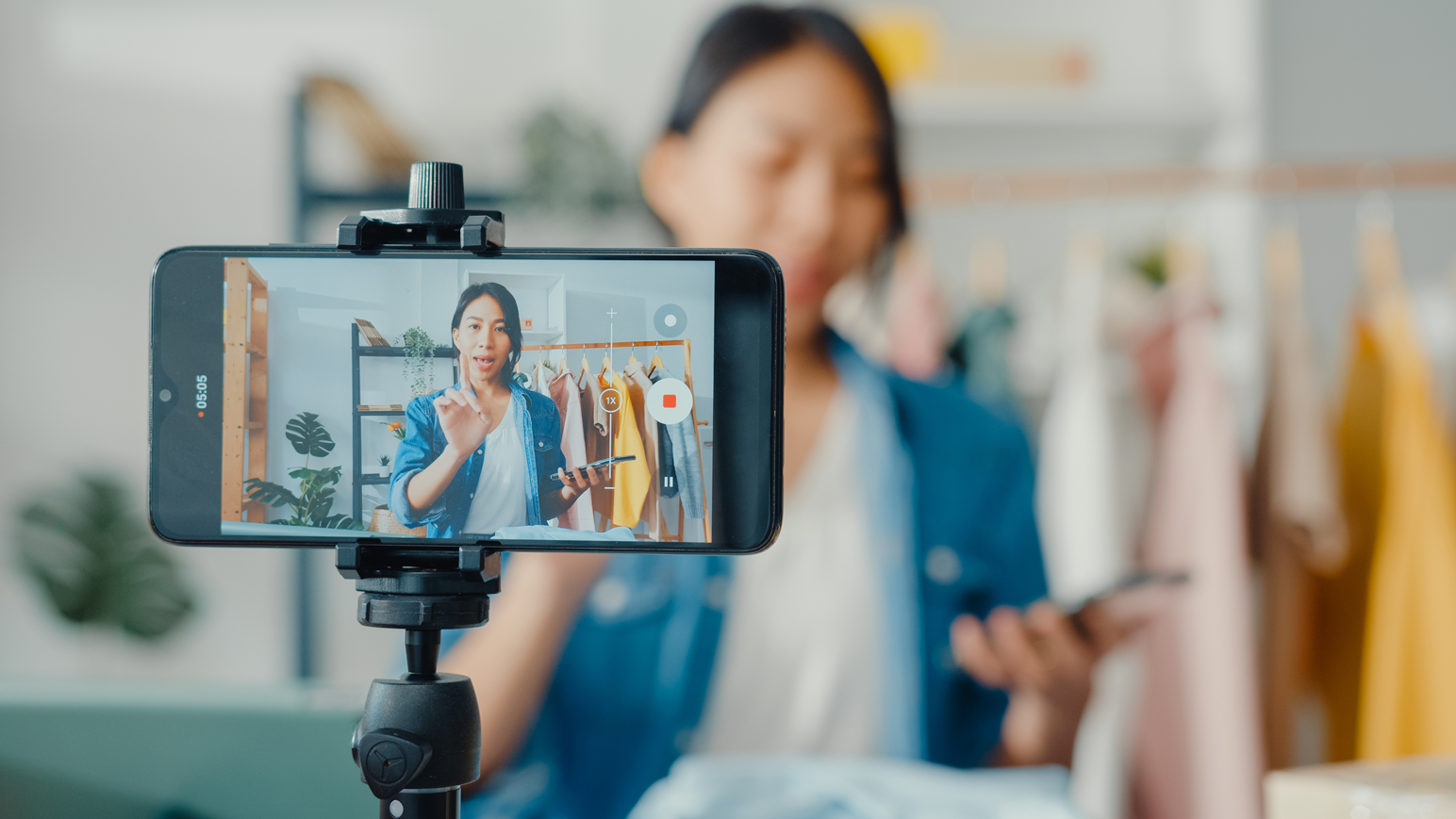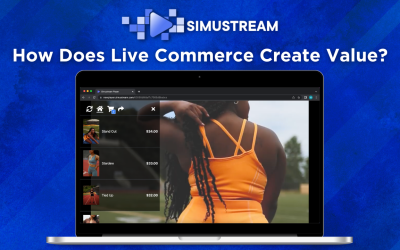One of the main goals of digital marketing firms is to boost their clients’ online presence by creating and publishing engaging content that their target audiences find useful. Given that an increasing number of people now favor videos over other forms of content, it’s natural to see digital marketers making use of this medium to further their cause. However, video marketing continues to evolve, and marketers now need to look at how they may improve customer experience through interactive videos, video shopping, and live shopping.
Video Marketing in Numbers
Video marketing has come a long way over the last few years, all the more so because of faster internet connection speeds. According to data released by Wyzowl through The State of Video Marketing report:
- Over 85% of businesses make use of videos in their marketing strategies.
- More than 90% of marketers who rely on videos feel that this medium plays an important role in their marketing strategies.
- Since 2016, there has been a 41% increase in the number of businesses that use videos in their marketing efforts.
The Future of Video
Statista predicts that annual spending on digital video advertising will cross the $100 billion mark by 2026. It stood at around $15.5 billion in 2017 and was less than $64 billion in 2021. Given the transformations that are taking place in the online world because of videos, here’s what digital marketing firms may expect going forward.
- Live streaming is set to grow. Streaming videos will continue to grow at a rapid pace, and the surge in Amazon’s OTT viewership after the addition of Twitch serves as a great example of the potential that live streaming holds. What helps is that brands can already offer live shopping alternatives to their customers through their live streams.
- Data-driven cross-platform strategies. Digital marketing firms can use data to tailor their content marketing strategies for different video platforms. For example, turning to data can help determine what type of content works well on any given platform based on user behavior, traits, expectations, and other factors.
- Leveraging influencer marketing. Video marketing is heading in the direction where consumers prefer user-generated content over content that brands create. Consequently, marketers who wish to make the most of video shopping need to look at how to leverage influencer marketing in their efforts to reach out to larger audiences.
- Multi-device approach. The mobile-first approach in video marketing is set to lose its sheen because of the phenomenal growth in OTT viewership. Digital marketing firms now need to ensure that their content works equally well across different types of devices, large-screen high-definition televisions included.
- No sound. One way in which digital marketers may improve customer experience is by creating videos for silent watching. This is because social media platforms, with their default muted experiences, account for a significant percentage of video views. By optimizing videos for silent viewing, digital marketers may look forward to longer watch times, an increase in engagement levels, as well as higher conversion rates.
Conclusion
Digital marketing firms that hope to benefit through video marketing need to think about building personal connections with audiences and engaging with them in ways they find interesting. They can do this by incorporating influencer marketing in their scheme of things, making use of interactive videos, and offering live shopping.
The evolution in video marketing is apparent, and it’s important for digital marketers to stay on top of the learning curve. For instance, do you know that video shopping now makes it possible for a consumer to complete making a purchase without leaving the video and going to a different web page?


